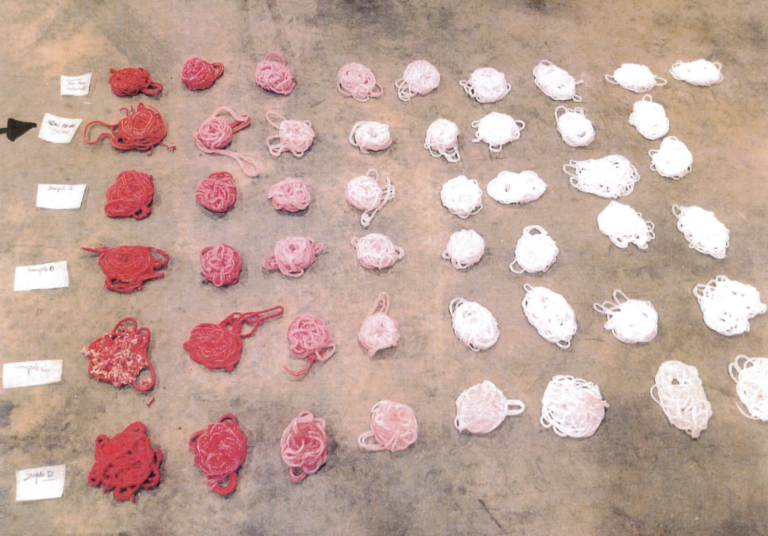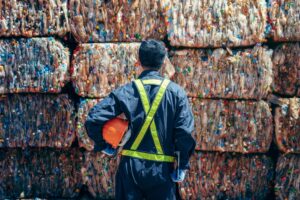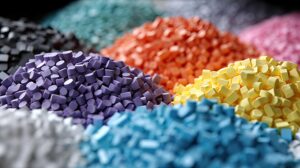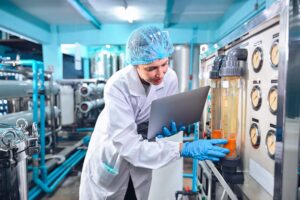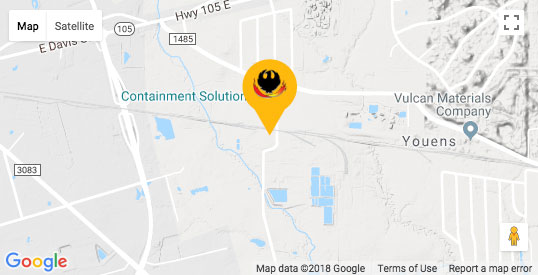Purging compounds help clean or purge the machines that mold plastics. Due to the qualities of the plastics used in molding machines, it takes special compounds to break them down and wash them out of the crevices of the machines.
Companies that use thermoplastic molding machines must have appropriate purging compounds on-hand to properly clean each machine. Otherwise, there is a risk of damaging the machine and cross-contaminating different projects.
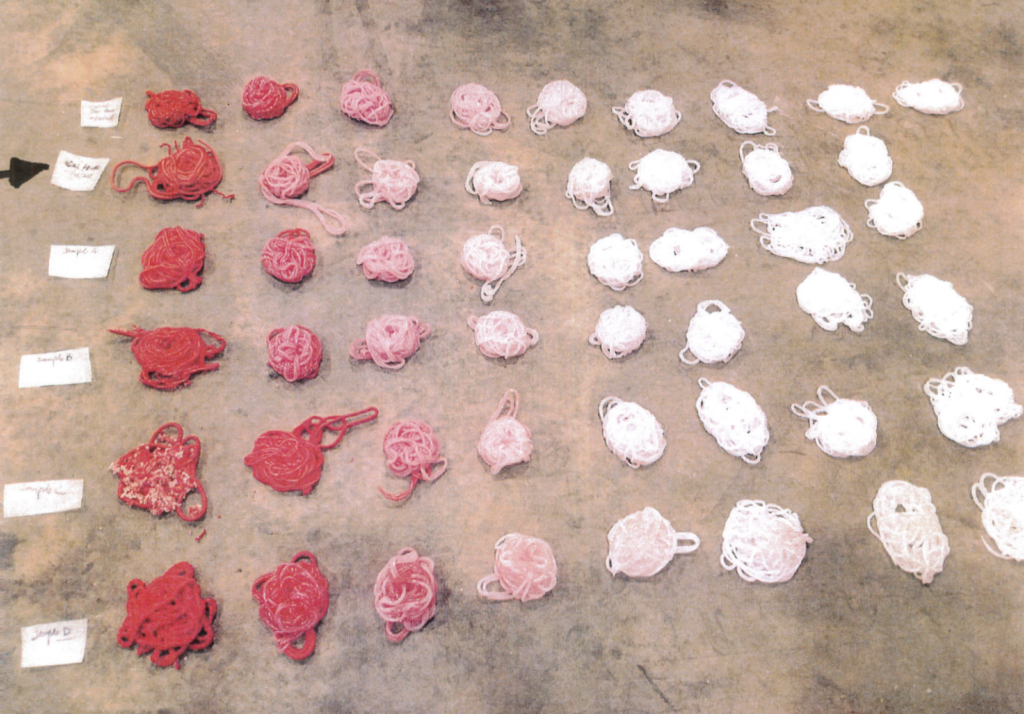
Types of Purging Compounds
There are three basic types of purging compounds that remove residue on a machine from a previous job in different ways.
Mechanical Purging Compounds
Mechanical purging compounds use force to push the residue out of the machine. They are heavier and thicker than other options and can physically wash the residue out. However, there may be better choices for deep cleaning since they can struggle to get into the deeper, smaller parts of the machine.
One distinguishing feature of mechanical purging compounds is their thickness and heaviness compared to other types of purging compounds. The increased viscosity and weight allow them to generate more force during the purging process, aiding in the removal of stubborn residue and contaminants.
The mechanism behind mechanical purging compounds involves using the shear and flow forces generated during the machine’s operation to physically wash away the residue. As the compound flows through the machine, the force generated causes it to scrub and detach the adhered material, helping to flush it out of the system.
Chemical Purging Compounds
Chemical purging compounds rely on a chemical reaction to break down the residue and wash it out. They essentially eat away at the residue and absorb it so the remnants can wash out with the purging compound. This method usually requires a long soak, but it’s effective for deep cleaning.
The key principle underlying chemical purging compounds is the ability to react with the residue, effectively “eating away” at it. The compounds are designed to have chemical properties that allow them to interact with the specific types of contaminants or residues commonly found in plastic processing machines. When the compound comes into contact with the residue, a chemical reaction occurs, causing the residue to break down into smaller, more easily removable components.
Liquid Purging Compounds
Liquid purging compounds are similar to chemical purging compounds in that they use a chemical reaction. The reaction breaks the bonds between the resin and the machine, softens the resin, and allows easy rinsing. In essence, these compounds make the remnants liquid and easier to wash from the machine.
The primary objective of liquid purging compounds is to break the bonds between the resin or polymer and the machine’s surfaces. These compounds contain chemical ingredients that react with the resin, causing it to soften and become more fluid-like. This softening effect loosens the adhesion between the residue and the machine, making it easier to remove.
The chemical reaction in liquid purging compounds essentially transforms the residue into a liquid or semi-liquid state. This transition allows the remnants to flow and be rinsed away, greatly facilitating the cleaning process. The softened residue can then be flushed out of the machine, along with the liquid purging compound itself, during the purging process.
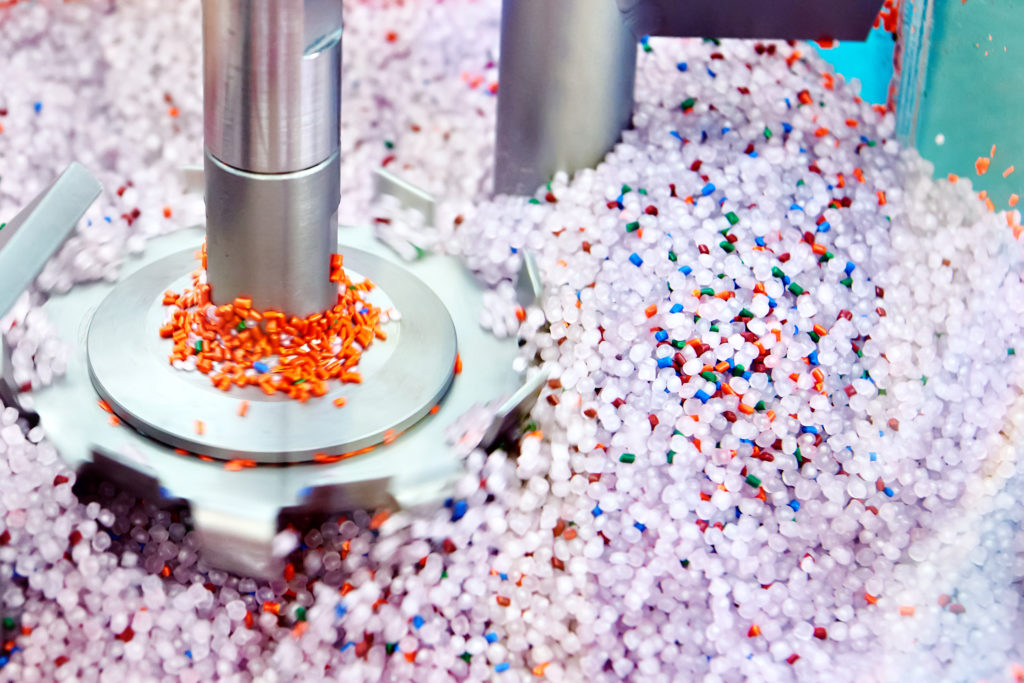
Benefits of Purging Compounds
Regardless of which purging compound you use, you should use one regularly. They improve the quality of production by stopping cross-contamination, resulting in:
- Fewer parts with color defects
- Fewer parts rejected due to uniformity issues
- Fewer parts with physical defects
- Longer machine life without significant repairs
These advantages save your company’s bottom line by reducing the number of failed parts and long-term maintenance costs.
Learn More About Purging Compounds From Phoenix Plastics
Every company that makes plastic parts should use purging compounds as a part of their production process. Contact Phoenix Plastics now to learn more about our commitment to providing the best quality plastic additives and service to our customers.

